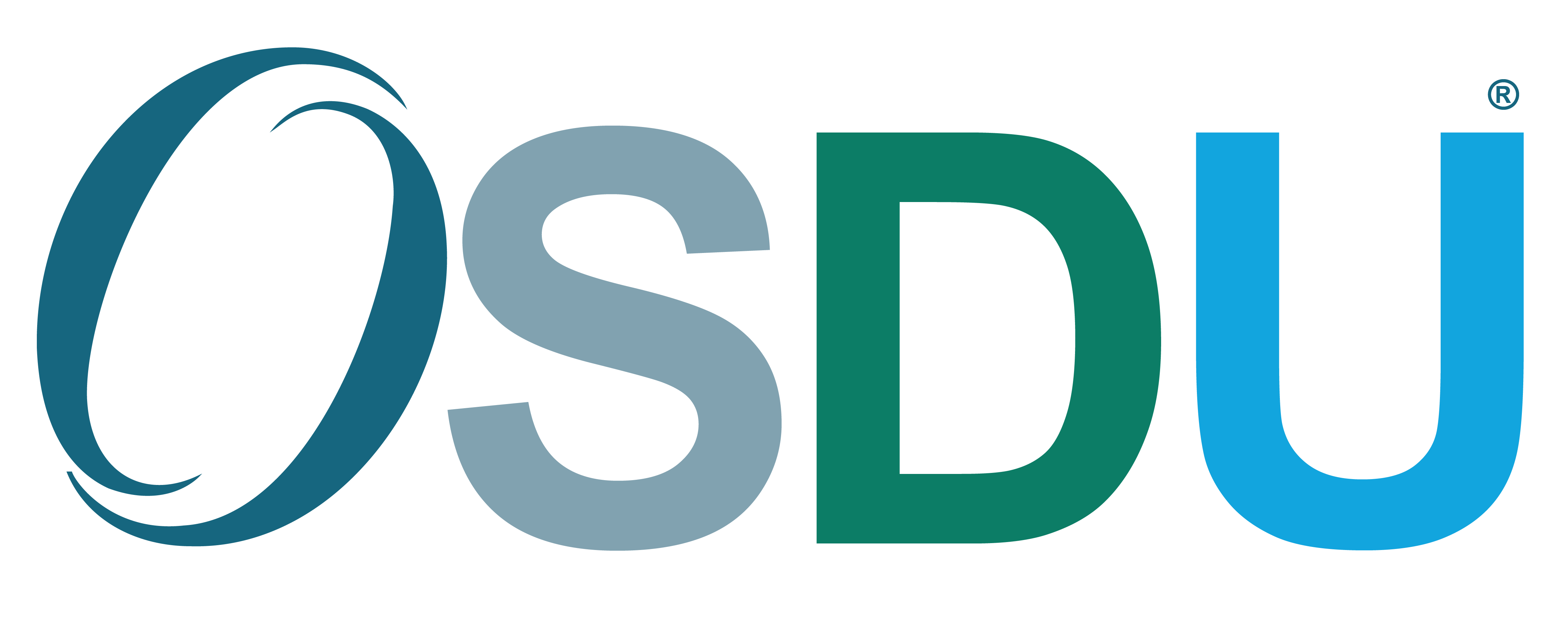Michaël van der Haven, Director Consulting Expert, Oil & Gas at CGI
Migrating hurts, especially when migrating to a new data platform. This pain cannot be avoided, but it can be made bearable by the application of Data Meshes.
Every migration has an impact on the tools used and the business processes present in your organisation. The substantial investments in one’s current tools and processes can cause additional reservations to making a logically necessary migration. A delayed migration, in turn, brings with it at least the following potential problems. An increasingly fragmented IT landscape, losing the benefits of early adoption, and even greater migration pain and cost once it can no longer be avoided.
There is no way around the OSDU platform
New platforms cannot always be avoided. Certainly not when the entire industry sector is moving to a new standard. This is the case, for example, with the OSDU Forum. The OSDU Data Platform is the new reference architecture and standard for data platforms in the energy market, particularly in the oil and gas industry. The OSDU Data Platform Mercury Release has been officially available since 2021. More and more companies are investing in this platform. Eventually the time will come when every organisation has to be OSDU certified in order to keep up.
Significant investments
If switching to the OSDU platform is unavoidable, then the associated pain, is also unavoidable. What I have noticed is that it is mainly the large oil & gas companies that are not only willing but also have the means to overcome this barrier. The smaller parties may have the will, but not the means. This creates the risk that the smaller parties are excluded when it comes to data management and data sharing. Especially if significant investments have already been made and a complete landscape is in place. Then, as a company with a small IT organisation, you may see the benefits of using the OSDU platform, but you doubt whether you are able to implement it. Is the ODSU Data Platform suitable for your organisation? And if you do decide to implement it, what does this mean for your current business processes and the tools in which your organisation has invested?
Migrating with minimum impact
It would be a pity if the smaller organisations were to drop out. After all, a new technology or a new standard can only be successful if it is available and applicable to as many parties as possible. I think everyone agrees with me on this. Read my blog ‘Mobilising the data revolution in energy’. This is why I strongly recommend that the OSDU platform can be fitted into DataOps processes as a Platform as a Service. However, in addition to the technology, it must also be possible to avoid radical migrations. I now know from experience that this is possible. Within a number of my OSDU projects, I have investigated this together with my customers. And then put into practice how the OSDU platform can be introduced into an organisation with as little impact as possible, so that a start can be made with digitalisation, advanced analyses and artificial intelligence. This creates the same advantages as the large energy companies can achieve.
Data Mesh, a promising alternative
In practice, we implement the OSDU Data Platform for this purpose as a central hub in a Data Mesh. Data Meshes are a relatively new concept in data architecture. Among other things, a Data Mesh helps to:
- Leave data in the original sources
- Continue to use existing tooling
- Grafting new tooling onto OSDU without having a deep understanding of the underlying data sources or going through a migration process
- Make data available everywhere, both in the cloud and on-premise in a fully transparent manner
- Propagate rights and ownership of the data to wherever it is used
Prepared for using the OSDU Data Platform in six weeks
In practice, an initial Data Mesh based on a PaaS version of the OSDU platform, such as CGI Pivot, can be set up for a sub-domain of data within six weeks. Meanwhile, there are a number of successful use cases that can be shared, for example in the areas of Prospects, Wells, Well Logs and Interpretation. By applying a Data Mesh architecture with the OSDU Data Platform, you not only prepare your organisation for the OSDU platform, but you also largely avoid the pain of a migration. In this form, the OSDU Data Platform is no longer reserved for organisations with large IT budgets, but everyone in their own organisation can make use of all the benefits that it has to offer.
Want to know more? Then register here for the free lunch webinar ‘Energize your data strategy’ on 15 March 2022.
 Michaël van der Haven
Michaël van der Haven
Director Consulting Expert, Oil & Gas, CGI
An expert and thought leader in the oil and gas industry, Michaël van der Haven main focus is the development and integration of ICT platforms and applications within the subsurface and wells field. In recent years, Michaël has been specifically involved in the development of the OSDU reference architecture. He has worked with CGI for more than 15 years and also consults with clients in other industries, such as financial and government sectors, on the development of ICT platforms.
Michaël seeks to constantly deepen his knowledge and has obtained various certifications including in the areas of Reservoir Engineering, Geomechanics and Network Analysis from Stanford University.
LinkedIn profile: https://www.linkedin.com/in/mvdhaven/


